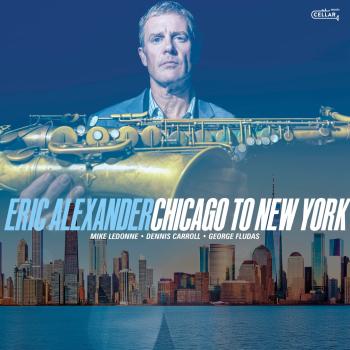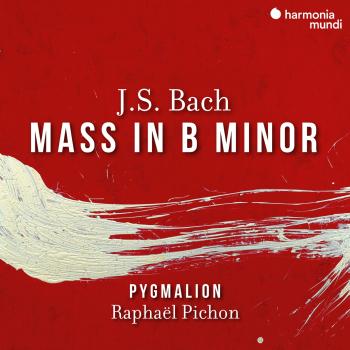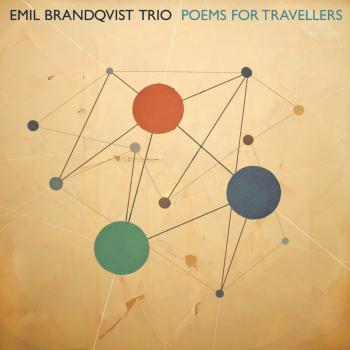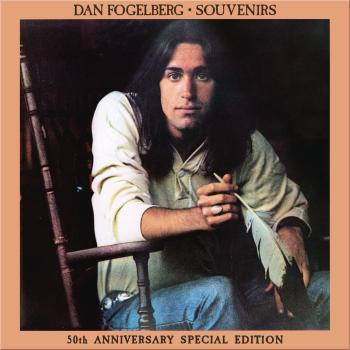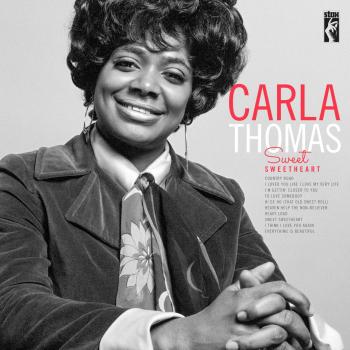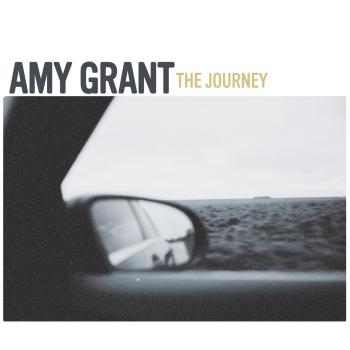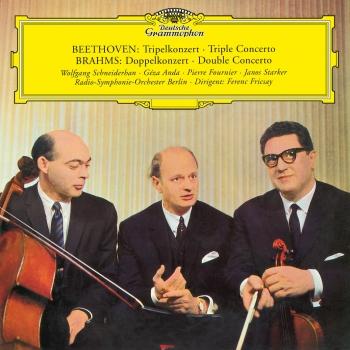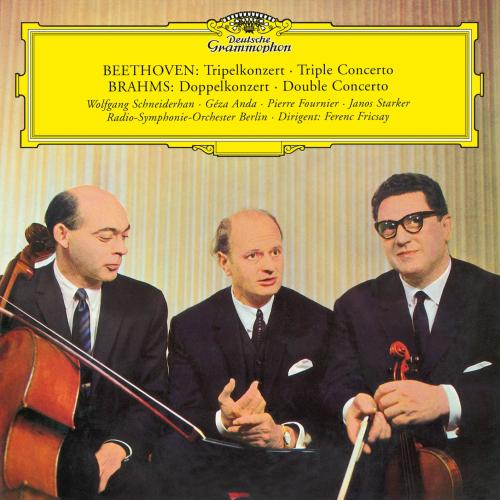
Beethoven: Triple Concerto in C Major, Op. 56; Brahms: Double Concerto in A Minor, Op. 102 (Remastered) Wolfgang Schneiderhan
Album Info
Album Veröffentlichung:
2005
HRA-Veröffentlichung:
16.06.2023
Label: Deutsche Grammophon (DG)
Genre: Classical
Subgenre: Concertos
Interpret: Wolfgang Schneiderhan
Komponist: Ludwig van Beethoven (1770–1827), Johannes Brahms (1833–1897)
Das Album enthält Albumcover
Entschuldigen Sie bitte!
Sehr geehrter HIGHRESAUDIO Besucher,
leider kann das Album zurzeit aufgrund von Länder- und Lizenzbeschränkungen nicht gekauft werden oder uns liegt der offizielle Veröffentlichungstermin für Ihr Land noch nicht vor. Wir aktualisieren unsere Veröffentlichungstermine ein- bis zweimal die Woche. Bitte schauen Sie ab und zu mal wieder rein.
Wir empfehlen Ihnen das Album auf Ihre Merkliste zu setzen.
Wir bedanken uns für Ihr Verständnis und Ihre Geduld.
Ihr, HIGHRESAUDIO
- Ludwig van Beethoven (1770 - 1827): Triple Concerto in C Major, Op. 56:
- 1 van Beethoven: Triple Concerto in C Major, Op. 56: I. Allegro 18:10
- 2 van Beethoven: Triple Concerto in C Major, Op. 56: II. Largo 05:02
- 3 van Beethoven: Triple Concerto in C Major, Op. 56: III. Rondo alla Polacca 13:34
- Johannes Brahms (1833 - 1897): Double Concerto in A Minor, Op. 102:
- 4 Brahms: Double Concerto in A Minor, Op. 102: I. Allegro 16:57
- 5 Brahms: Double Concerto in A Minor, Op. 102: II. Andante 08:02
- 6 Brahms: Double Concerto in A Minor, Op. 102: III. Vivace non troppo 09:11
Info zu Beethoven: Triple Concerto in C Major, Op. 56; Brahms: Double Concerto in A Minor, Op. 102 (Remastered)
This pairing should be familiar from LP days and from a previous reissue. The new remastering in DG’s The Originals series makes for cleaner, less harsh sonics. The performances remain recommendable, especially the Beethoven, where Ferenc Fricsay leads a sensitive, many-sided performance. He charts the course of the first movement’s Allegro, guiding the tenderly nostalgic opening to unfold logically toward its more positive, forward-looking conclusion, which shares the final Rondo’s assertive energy. Wolfgang Schneiderhan’s somewhat wiry violin is amply compensated for by Geza Anda’s powerful pianism and Pierre Fournier’s wonderfully phrased, aristocratic cello. The Beethoven may not displace the equally fine version by Karajan and his Russian all-stars (Richter, Rostropovich, and Oistrakh) but it surely occupies a place alongside it.
The Brahms is on a somewhat lower level of accomplishment. Fricsay’s leadership, so detailed and strong in the Beethoven, here is forward-moving but more generic. And while Schneiderhan’s timbre becomes more of a liability in Brahms’ Romantic framework, Janos Starker is excellent, playing with verve and poetry. Szell, with Oistrakh and Rostropovich, and Ancerl, whose winning soloists are Suk and Navarra, make me momentarily forget that this is a piece I’ve never been able to work up much enthusiasm for. In that company, this one’s an also-ran. The Beethoven was recorded in 1961, the Brahms a year later. Both are in stereo that wears its age quite well, its only wrinkles showing in sometimes cloudy tuttis and spotlighting of the soloists. (Dan Davis, ClassicsToday.com)
Janos Starker, cello (tracks 4-6)
Pierre Fournier, cello (tracks 1-3)
Géza Anda, piano (tracks 1-3)
Wolfgang Schneiderhan, violin
Berlin Radio Symphony Orchestra
Ferenc Fricsay, conductor
Digitally remastered
Ferenc Fricsay
(1914-1963) worked with the RIAS Symphony Orchestra (known from 1956 on as the Radio Symphony Orchestra Berlin) for thirteen years, for eight of which he was its chief conductor. This long and intensive collaboration was a decisive influence both on the orchestra, which had been founded on 15 November 1946 by RIAS, the American sector’s broadcasting station in Berlin, and on its conductor, who first appeared before the public with the young ensemble on 12 December 1948. Fricsay was the first chief conductor of the RSO, and the post with the RIAS orchestra was his first international engagement with a concert orchestra. This contributed to a close understanding between them on both the artistic and the human level.
On 24 January 1957 Fricsay stressed the importance which the RSO Berlin had for him in his brief speech introducing the concert marking the orchestra’s tenth birthday: “I am so closely involved with this orchestra, and we have so much to thank each other for, though the debt of gratitude is mainly on my side. We have made our way together, and I am proud to have been the orchestra’s chief conductor.” He was speaking of the past, because officially he had given up the post. The underlying reason was the financial straits in which the orchestra found itself from 1953 on, culminating in the need to decide of whether or not to carry on at all. Its American guarantors, on whom the RIAS chiefly relied for financial support, had terminated all its musical contracts in 1953, saying that since the American government gave such meagre subsidies to its own professional orchestras, it could not justify financing a foreign one. The musicians organised themselves into a corporation, and by means of income from studio recordings, broadcasts and concerts, and above all by accepting drastic cuts in pay, were able to keep their orchestra afloat. In this situation Fricsay accepted invitations from the Houston Symphony Orchestra for 1954/55 and the Bavarian State Opera for 1956/57, but continued to conduct up to five concerts in Berlin each season.
Dieses Album enthält kein Booklet



